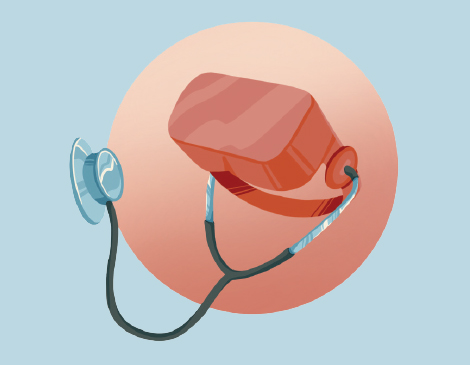Virtual Reality isn’t only for gamers zesting to squash zombies. Dr. Jay Alberts, vice chair of innovation at the Cleveland Clinic's Neurological Institute, is heading research on VR to improve the prognosis, treatment and detection of neurological diseases.
Using Microsoft HoloLens and Infinadeck’s omnidirectional treadmill to simulate everyday tasks like grocery shopping to record motor and cognitive data, the Clinic is integrating the technology into medicine.
Since 2014, Case Western Reserve University has reinvented class with HoloLens. Schools as esteemed as University of Oxford in England and those in Poland have adopted curriculums featuring Holo-Anatomy Software Suite, a mixed reality application built by the Interactive Commons at CWRU. Reports reveal students learn concepts twice as fast as they would with 2D models and perform as well as traditional cadaver-based lab students.
“We took one of the oldest classes that you can imagine, human anatomy, and in a period of about five years, we went from hundreds of years of history to teaching in this new way,” says Dr. Mark Griswold, Pavey family professor of radiology and faculty director at CWRU.
And it's not just medicine. Cleveland Museum of Art partnered with Interactive Commons to launch the most immersive mixed reality exhibit to date for any museum, Revealing Krishna: Journey to Cambodia’s Sacred Mountain.
Last fall, 22,000 visitors fastened HoloLens to interact with art like never before. Jane Alexander, chief digital information officer for Cleveland Museum of Art, says Revealing Krishna generated the highest approval rating in the museum’s history.
Get ahead of the weekend by signing up for our free weekly “In the CLE” newsletter — your guide to fun throughout The Land. Arriving in your inbox every Wednesday, this weekend to-do list fills you in on everything from concerts to museum exhibits — and more. Click here to subscribe.




